#Lozärner Birrewegge
Text
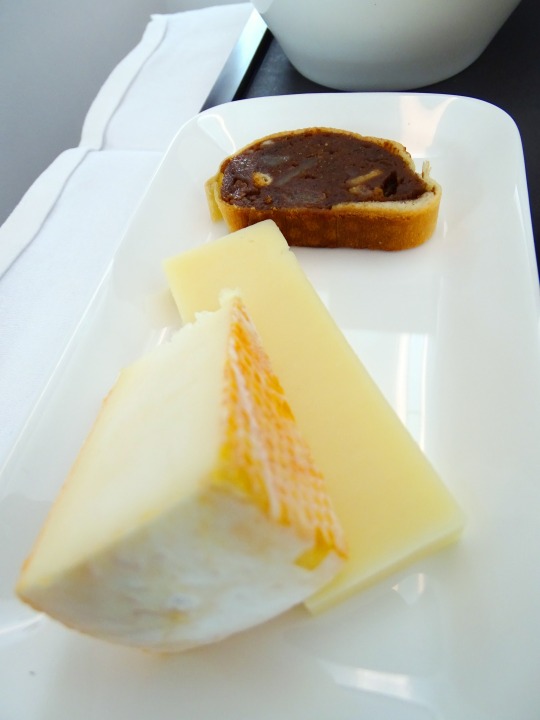


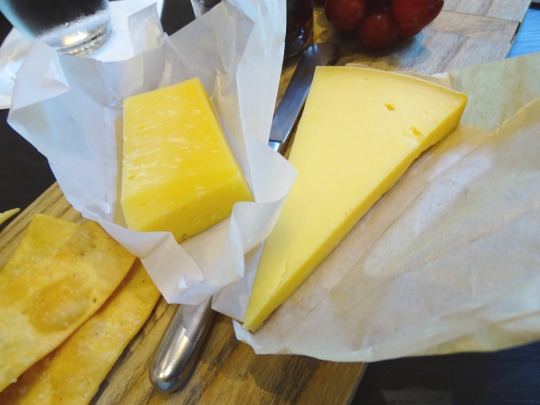
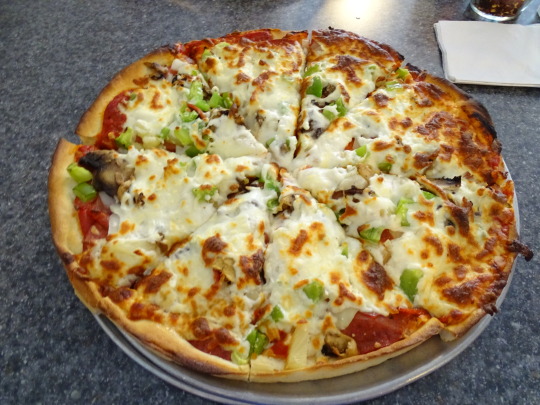


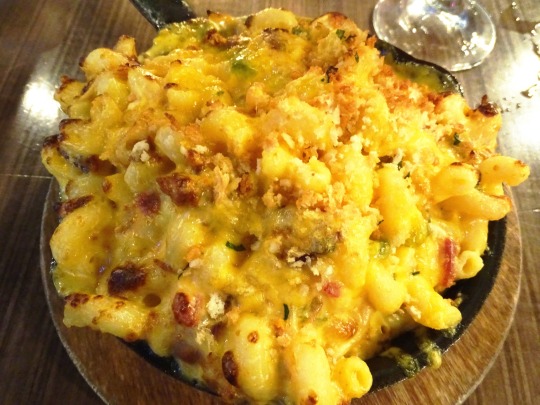
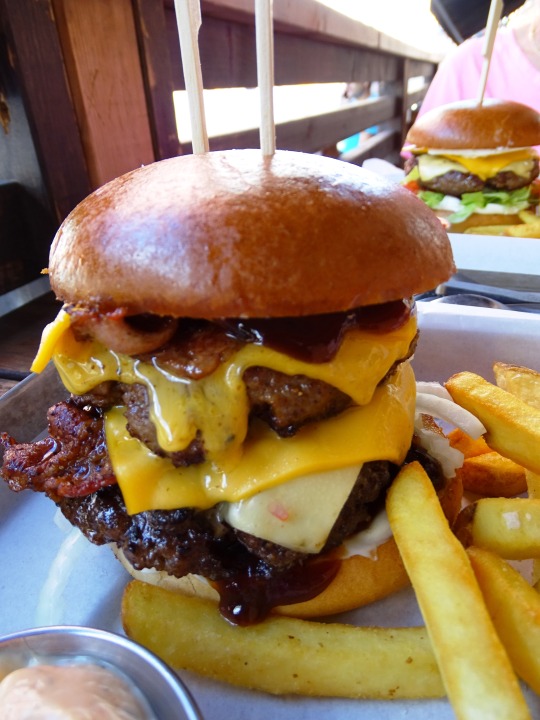


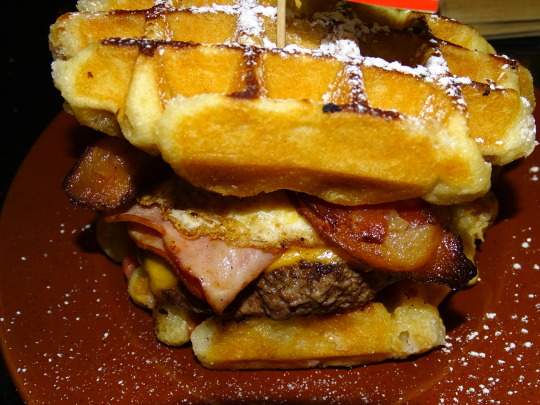
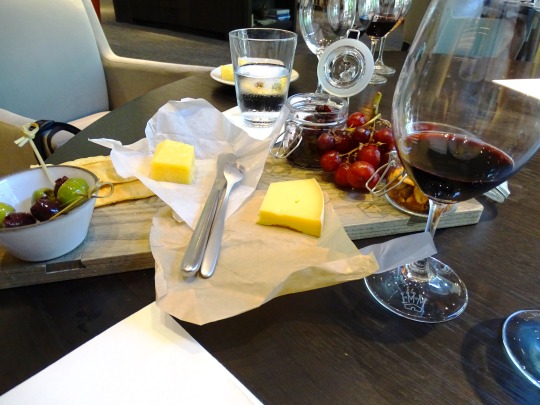
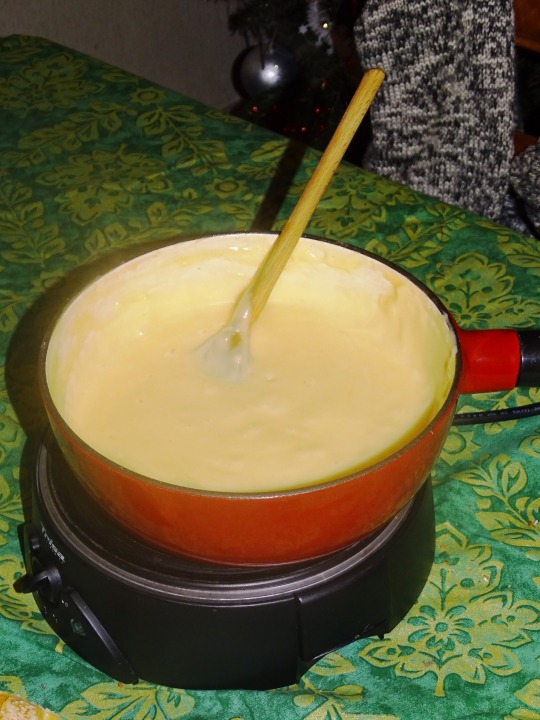



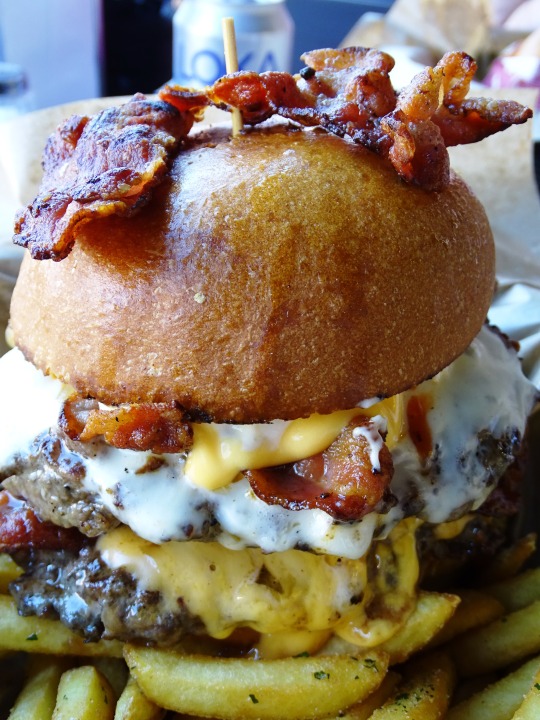

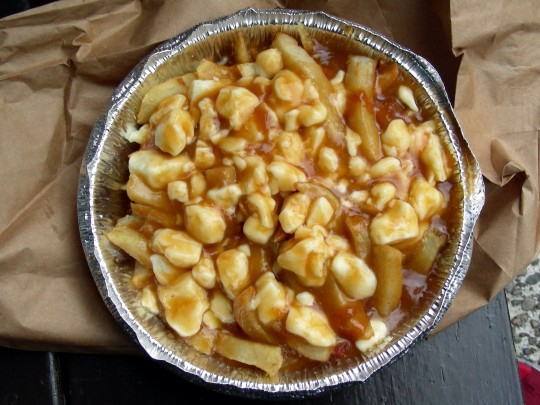





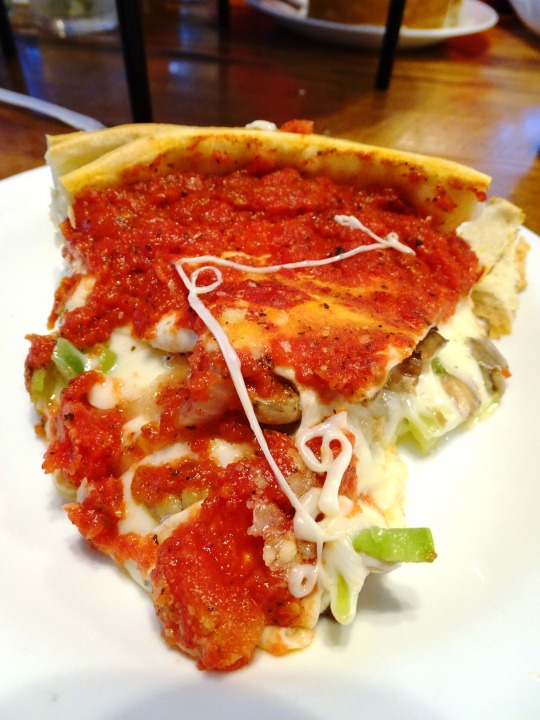

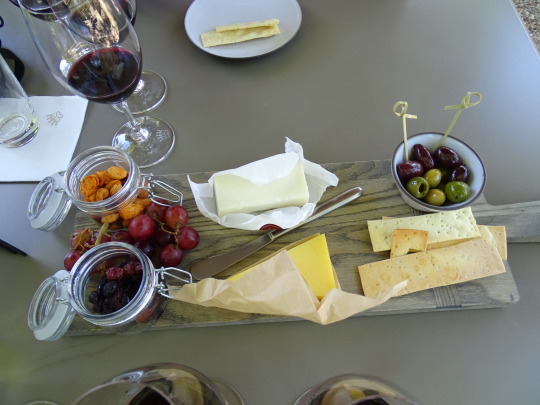


National Cheese Lovers Day
Chances are you don't just like cheese, you love it. If that's the case, you are in for a treat—today is National Cheese Lovers Day! Cheese is made from curds—the bits of protein that form when milk sours—from the milk of cows, goats, sheep, and buffalo. Spices, seasonings, mold, temperature, and age help determine its flavor and texture, and these in turn help determine how it is classified. Common classifications and some examples include fresh cheese like ricotta, soft cheese like feta, semi-soft cheese like Fontina, semi-hard cheese like Gouda, hard cheese like Cheddar, double or triple crème cheese like Brillat-Savarin, blue cheese like Gorgonzola, washed rind cheese like Limburger, and bloomy rind cheese like brie. The name "cheese" comes from the Latin word caseus, which stems from the Proto-Indo-European root kwat, which means "to ferment" or "to become sour."
Cheese dates back to before recorded times. Legend has it that it was first made by accident: an Arabian merchant who was keeping milk in an old sheep stomach found that it had separated into curds and whey. This reaction was caused by heat and from rennet, an enzyme found in the stomach. This was perhaps around 8000 BCE, around the time that sheep were first domesticated.
Cheese became a way to preserve milk before the invention of refrigeration. The curds were strained, and salt was added, which helped it keep longer. Still, cheese had a short shelf life and was made fresh and eaten daily. According to archaeological findings, some of the first intentional cheese making was being done around 5,500 BCE, in the area that is now Poland. Beyond Europe, there is evidence of early cheesemaking being done in the Middle East and Central Asia.
Romans made many different kinds of cheese and making it became a culinary art form. They spread their methods north into Europe, where they were adapted by monks. In Northern Europe, the climate was cooler, so less salt was needed for preservation. This cheese tended to be creamier and milder. Aged, ripened, and blue cheeses also came about in these cooler climates. During the Middle Ages, European cheesemakers originated Parmesan, Gouda, Camembert, and Cheddar.
Mass production of cheese started in 1815 when the first commercial cheese factory opened in Switzerland. Processed cheese, which consists of cheese combined with milk, emulsifiers, stabilizers, flavoring, and coloring, made its debut about a century later. It gained in popularity during the World War II era, becoming more popular than natural cheese. In more recent years, artisan cheesemaking has been making a resurgence.
Cheese is easy to love on its own, but it also goes well with soufflés, soups, and pastas, and can be paired with many foods. It many times is also paired with white or red wine. Being that there are so many kinds of cheese, there is plenty of love to spread around. On National Cheese Lovers Day, we eat and enjoy as much cheese as possible.
How to Observe National Cheese Lovers Day
Celebrate National Cheese Lovers Day by eating cheese! Put it on crackers or a sandwich, make yourself a pizza with an extra heaping of it, or eat some nachos. Make your own cheese or try a cheese out of your comfort zone. Buy hard, soft, and blue cheeses, as well as things to pair with them such as grapes, olives, or tomatoes. Don't forget to buy some wine, too. If you are feeling creative, you could design a cheese board. Let your cheese sit out for a half an hour at room temperature to give it a better texture and flavor. Then, enjoy it with your friends, perhaps at a cheese party at your home. To burn off some of those cheese calories, you could get yourself moving and visit a cheese factory or plan a trip to a cheese festival.
Source
#Beef Bacon Cheese Dog#Three Cheese and Spinach Dip#Factory Pizza#Lozärner Birrewegge#Double Bacon Cheese Burger#food#restaurant#original photography#travel#Sweden#Switzerland#National Cheese Lover’s Day#20 January#vacation#NationalCheeseLoversDay#Sumo Burger#Cheese Fondue#homemade#Mac 'n' Cheese#fries#Canada#origin#Original 5 Napkin Burger#Truffle Fries with parmesan reggiano#Cheese Board#Chicago Special Stuffed Pizza#National Cheese Lovers Day#homemade Cheese Fondue#Schweiz#Swiss cheese is the best
5 notes
·
View notes
Text
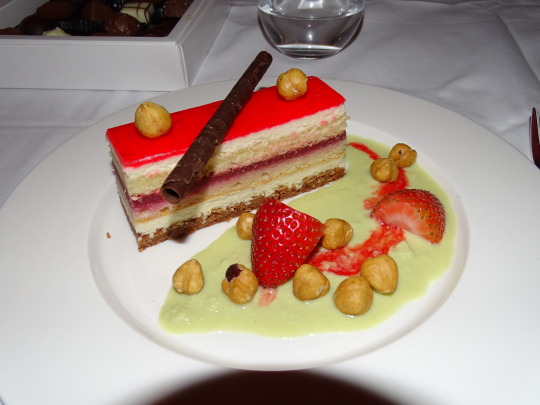

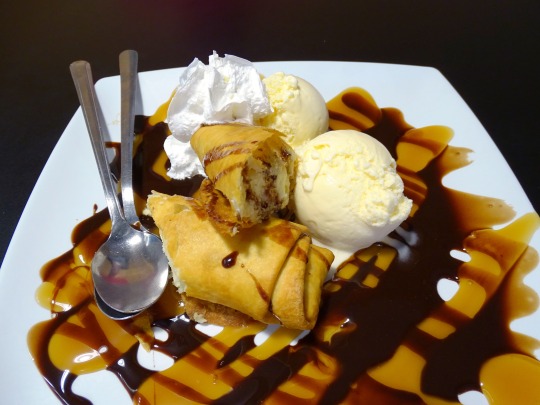



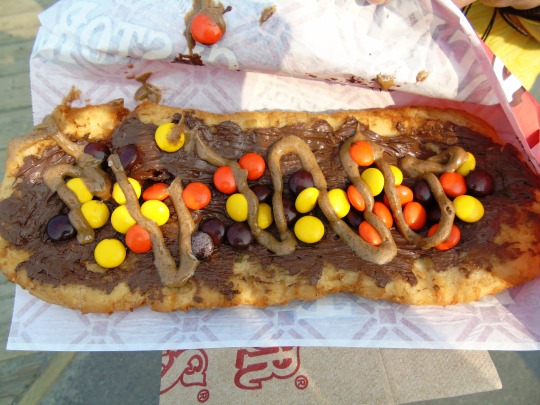
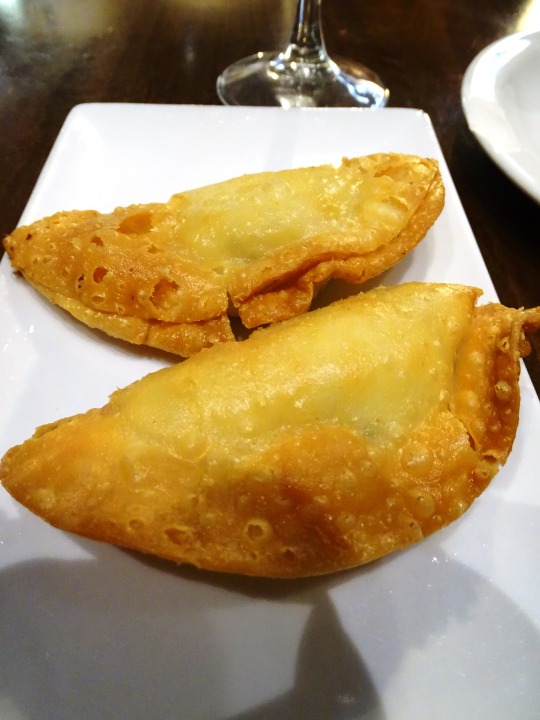

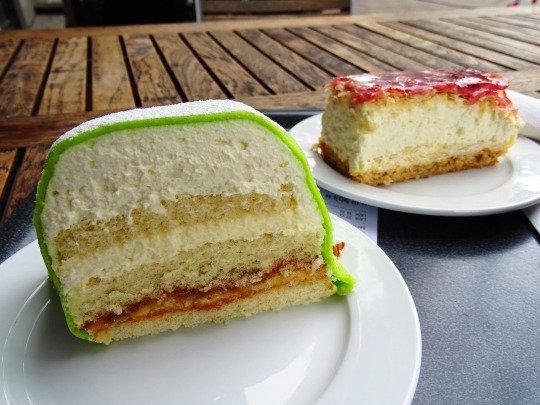

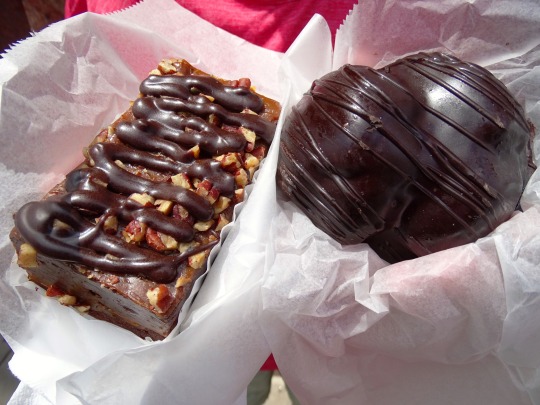
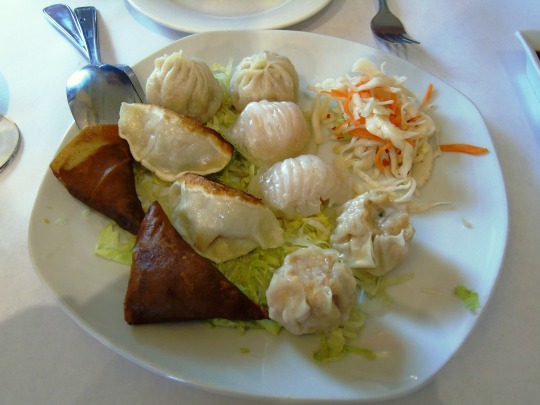


National Pastry Day
From filo to puff, Danish to baklava, savor flaky, buttery treats from your local bakery or attend a pastry-making class to learn from the pros.
For those who absolutely love pastries, their day is about to get all the more delicious! Now is the perfect time to observe everything delightful and tasty that has to do with National Pastry Day.
So for anyone who ever needs an excuse to grab a croissant before work or keep the hunger pangs at bay in the afternoon with a cheeky slice of apple pie, this day just hands that excuse to them on a silver platter!
History of National Pastry Day
The first ever pastries are believed to date way back into ancient times when the likes of the ancient Romans and Greeks made filo-style pastries as meals as well as treats. The main ingredients found in pastries in these hot countries were flour, oil, and honey, which would not melt easily in the heat of the day.
In many cultures this has been carried forward and people still have these kinds of treats today. One of the most well-known is the Turkish favorite Baklava, a sweet pastry made from filo-type pastry, nuts, and delightful drizzles of honey.
In medieval times, things got a bit more serious when pastry chefs came on the scene, using shortening and butter to make a thicker, more robust pastry that is still frequently seen in pies. Pastry became quite the business, with demand for pies and sweets always high amongst royalty and peasants alike.
Because of its versatility, pastry has gone through many different versions and varieties expressed in many ways based on geography and culture, but its essence still remains mostly the same. Throughout the years, plenty of pastry types have emerged; choux, danish, phyllo (which is more commonly known as ‘filo’ pastry), and on the back of that, hundreds of delicious pastry-based treats!
Pastry chefs are still a big thing, too. This is perhaps even more than they were back in medieval times. Employed in some of the biggest, fanciest hotels in the world, pastry chefs are in charge of making cakes and sweets and, of course, classic pastry desserts.
The roots of celebrating National Pastry Day aren’t easy to find, but there’s no doubt that such a delicious foodstuff deserves its own observance!
How to Celebrate National Pastry Day
This day couldn’t be easier to find ways to celebrate it! Try out some of these interesting ideas or come up with creative ways of your own to enjoy National Pastry Day:
Enjoy a Pastry from a Local Bakery
Since National Pastry Day falls in the month of December, it’s an especially good time to find delicious pastries and baked goods at the bakery. Pop into a local bakery and grab an apple turnover, a flaky pastry pie or perhaps a cinnamon roll. The amount of pastries up for grabs is almost endless; vanilla slices, profiteroles, strudel, Danish pastries, pies with all kinds of fillings, baklava, quiche, eclairs, or even a Cornish pasty – there’s plenty to choose from no matter what type of meal a person is hungry for.
Try Making Pastry at Home
For those who are feeling adventurous, try making a pie or other type of pastry treat from scratch. Those who feel like they are quite the avid cook could even take a stab at the challenging filo or choux pastry!
One of the simplest pastries to make is a basic pie crust that can be filled with all kinds of different things, from fruit to a savory meat and gravy concoction.
With only three ingredients (flour, butter or shortening, and cold water) it’s not a complicated recipe at all. All that is required is to cut the cold butter into the flour with a pastry blender (or use two knives) until the pieces in the mixture are the size of small peas.
Then add the ice-cold water a spoonful at a time, carefully blending with a fork and adding more water until the pastry pulls away from the side of the bowl. The key is to avoid overworking the pastry from this point or it will become tough. Plus, the colder the dough is, the flakier the crust will be.
Roll the pastry out into the desired shape, fill with delicious fillings (whether choosing sweet or savory), and bake until golden brown and flaky. Enjoy!
Take a Pastry Making Class
Those who don’t feel super confident in their pastry-making skills might consider taking a course at a local cooking school or community college. Those who want to become full-fledged pastry chef will probably need a couple of years of training and then some apprenticeship experience before becoming a professional. But, many people take culinary courses just for the fun of it!
In a pastry-making class, students will learn various skills, such as:
Baking and Pastry Arts Skills. Learn how to take basic recipes and execute them in a way that causes mouths to water
Recipe Development and Execution. Following a recipe is great, but learning how to be creative and make your own is even better.
Attention to Detail. Whether measuring ingredients, clarifying oven temperatures or separating eggs from yolks, the key to making pastry is in the details.
Time Management. One of the most important skills in the kitchen is getting the timing right so that everything comes out when it should.
Share Pastry Treats with Loved Ones
No matter what, be sure to enjoy these sweet or savory treats with various friends, neighbors, family or workmates. Or eat all of them to yourself – it will be our little secret!
Source
#Triple Chocolate Beavertail#Lozärner Birrewegge#Empanada#Boston Cream Puff#Cinnamon Bun#brownie#spring roll#samosa#Swiss cheese#Fried Cheesecake#Napoleon Pastry#Princess Cake#food#dessert#snack#restaurant#bakery#USA#Canada#Spain#Sweden#Germany#Switzerland#travel#vacation#National Pastry Day#9 December#NationalPastryDay#original photography#Fried Ice Cream
1 note
·
View note
Text
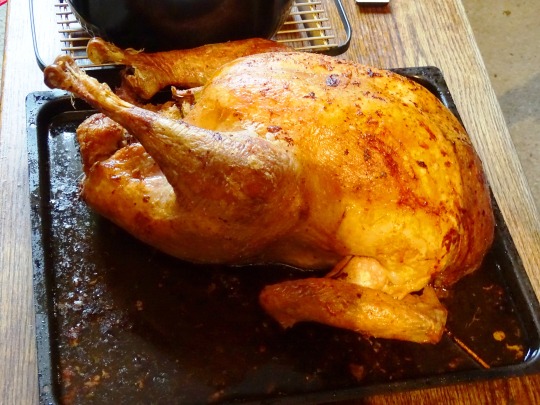


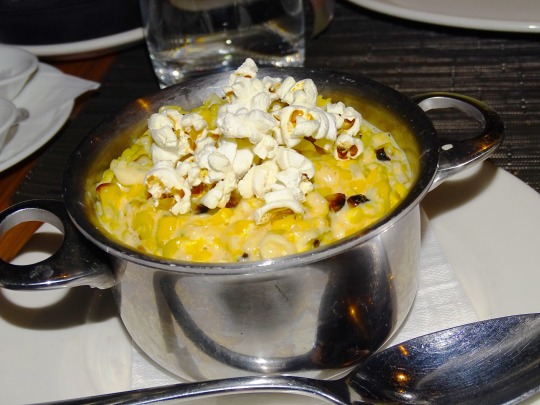
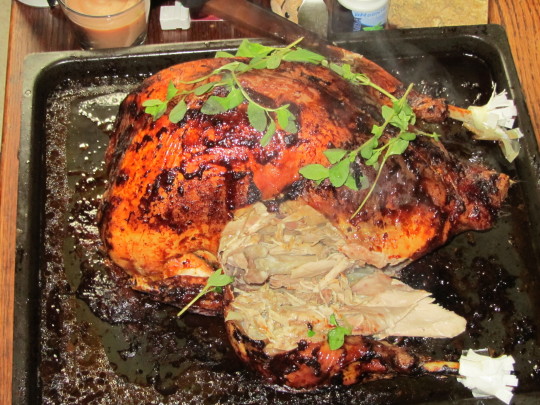
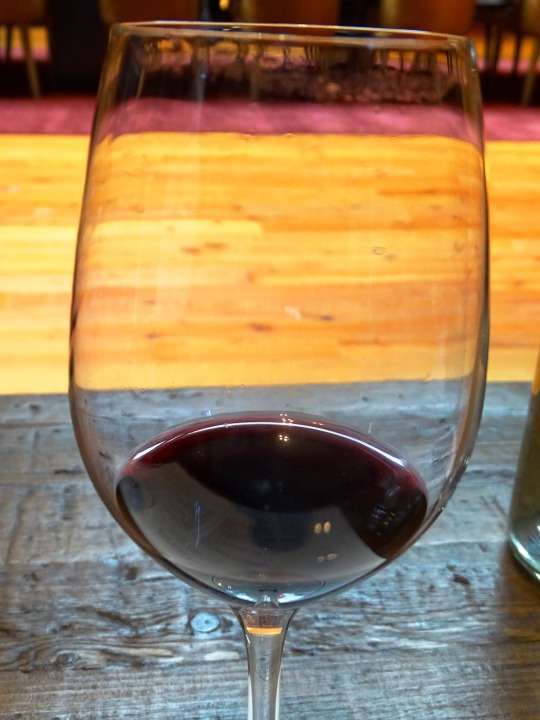
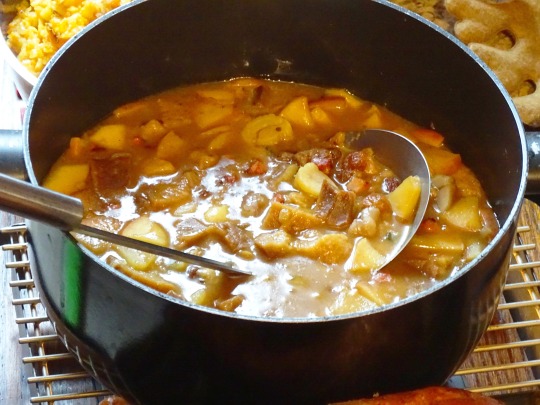
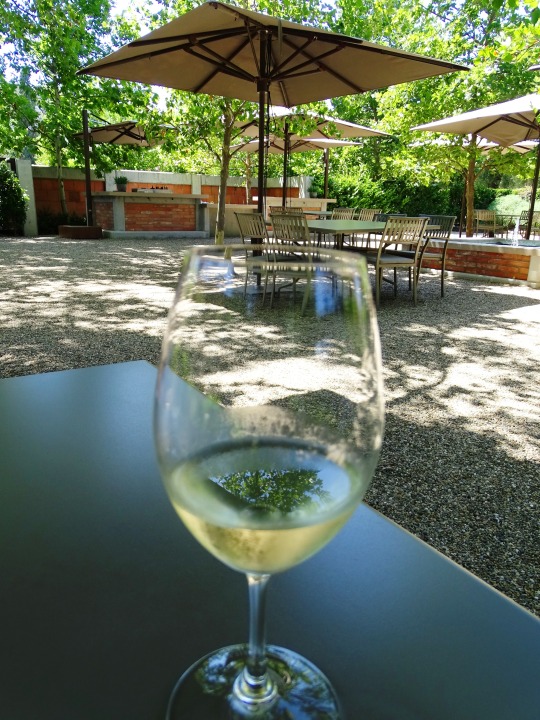
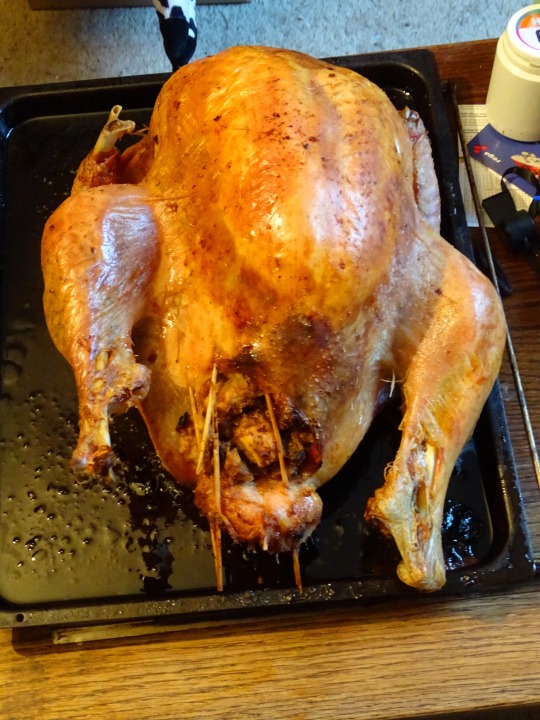

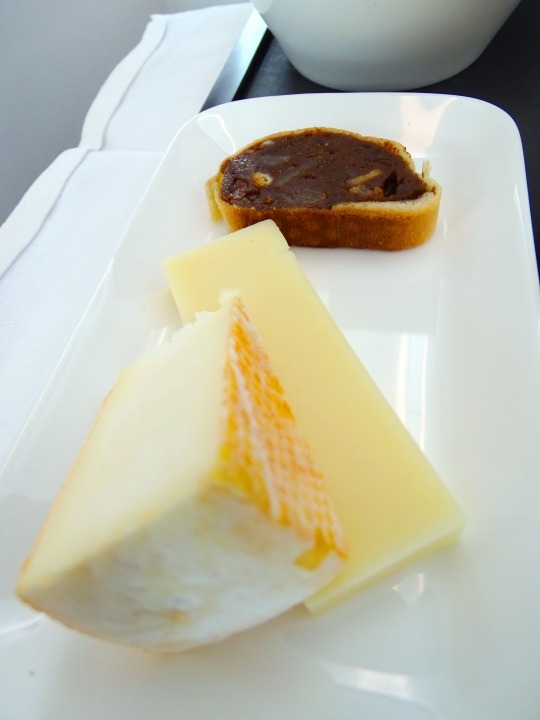

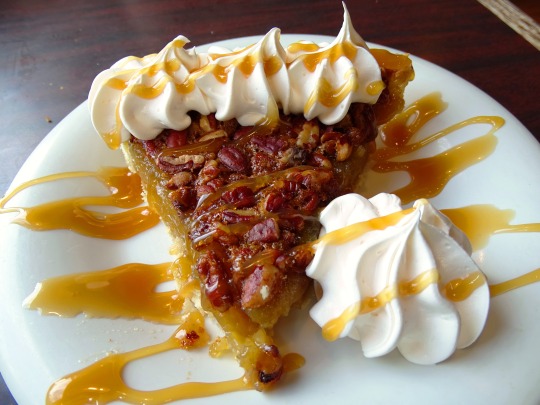
Thanksgiving
Turkey, stuffing, and pumpkin pie! A time to be around the ones you love, give thanks, and celebrate the blessings in our lives.
Beloved in the United States, Thanksgiving is a holiday celebrated typically on the fourth Thursday of November. It’s a time to reflect on the year, be thankful, and celebrate with friends and family by enjoying a delicious meal together.
History of Thanksgiving
The origins of Thanksgiving can be traced back to the 1620s, when a group of English settlers, known as the Pilgrims, arrived in what is now Massachusetts. After a harsh winter, the Pilgrims were able to harvest a bountiful crop thanks to the help of the Wampanoag Native Americans. In gratitude, the Pilgrims held a feast to give thanks for their survival and the abundance of food. This event is often considered the first Thanksgiving in America.
Over the centuries, Thanksgiving evolved into a national holiday, officially recognized by President Abraham Lincoln in 1863 as a day of national thanksgiving and praise. In 1939, President Franklin D. Roosevelt moved the holiday to the fourth Thursday of November, where it remains today. Thanksgiving has become a time to contemplate the blessings in our lives, be thankful for the bounty of food and the love of family and friends.
Thanksgiving Timeline
1621
The first Thanksgiving
The Pilgrims, a group of English settlers, hold a feast to give thanks for their survival and the abundance of food. They invite the Wampanoag Native Americans to join in the feast, which includes wild fowl, venison, and fish.
1863
Thanksgiving officially recognized
President Abraham Lincoln officially recognizes Thanksgiving as a national holiday by issuing a Proclamation of Thanksgiving, setting aside the last Thursday of November as a day of national thanksgiving and praise.
1939
Thanksgiving moved to fourth Thursday
President Franklin D. Roosevelt moves Thanksgiving to the fourth Thursday of November by issuing a Thanksgiving Proclamation, to extend the holiday shopping period and stimulate the economy.
1924
First Thanksgiving Day Parade
Organized by Gimbels Department Store, the first Thanksgiving Day Parade is held in Philadelphia, Pennsylvania. The parade features floats, bands, and live animals, and it becomes an annual tradition.
How to Celebrate Thanksgiving
Thanksgiving is celebrated on the fourth Thursday of November in the U.S. It is a time to gather with family and friends, be thankful for all of the good things, and enjoy Thanksgiving, so here are a few ways to celebrate:
Host a Thanksgiving Dinner
One of the most popular ways to celebrate Thanksgiving is by hosting a traditional Thanksgiving dinner. This includes inviting friends and family to gather around the table for a delicious feast of turkey, stuffing, and pumpkin pie. Add some of your own family’s traditional dishes to make it more personal. Don’t forget to set the table with autumn decorations to add a festive touch to the occasion.
Volunteer at a Local Shelter
Thanksgiving is a time to give back to our communities. Many shelters and food banks need volunteers to help serve meals to those in need on Thanksgiving Day, which is a wonderful way to make a difference in your community and to show gratitude for what we have by helping others. You can also donate non-perishable food items and clothing to the shelter in advance of Thanksgiving day.
Start a New Tradition
Thanksgiving is a time to create new memories with loved ones. Start a new tradition, such as a family football game or a pie-making competition.
This is a great way to bond with loved ones, and it will also make Thanksgiving more fun and memorable. You can also make Thanksgiving a day of service by participating in a community clean-up or by visiting a local nursing home to bring cheer to the residents.
Reflect on the Year
Take time to look back on the past year and all the things you are thankful for. This can be done by writing in a gratitude journal, by sharing with friends and family, or by joining a community gratitude event. Reflecting on the year can help us appreciate the good things in our lives and be more mindful of the present moment, and it also helps to set the tone for the upcoming holiday season.
Thanksgiving FAQs
What is Thanksgiving?
Thanksgiving is a national holiday celebrated in the United States, on the fourth Thursday of November. It is a time to reflect on the year, and gather with loved ones to enjoy dinner together.
When is Thanksgiving celebrated?
Thanksgiving is celebrated on the fourth Thursday of November in the United States.
Who celebrates Thanksgiving?
Thanksgiving is celebrated by people in the United States.
How is Thanksgiving traditionally celebrated?
Thanksgiving is traditionally celebrated with a traditional meal of turkey, stuffing, and pumpkin pie, with family and friends.
When did Thanksgiving become a national holiday?
Thanksgiving officially became a national holiday in 1863 when President Abraham Lincoln proclaimed the last Thursday of November as a day of national thanksgiving and praise.
Source
#Port#Bailey's#Swiss Cheese#Lozärner Birrewegge#homemade stuffed turkey#white colonialism#23 November 2023#original photography#fourth Thursday in November#sparkling wine#Beringer Vineyards#Domaine Carneros#travel#USA#Jacobs & Co. Steakhouse#Toronto#vacation#food#restaurant#cream corn#Chardonnay#Napa Valley#Thanksgiving Day
0 notes